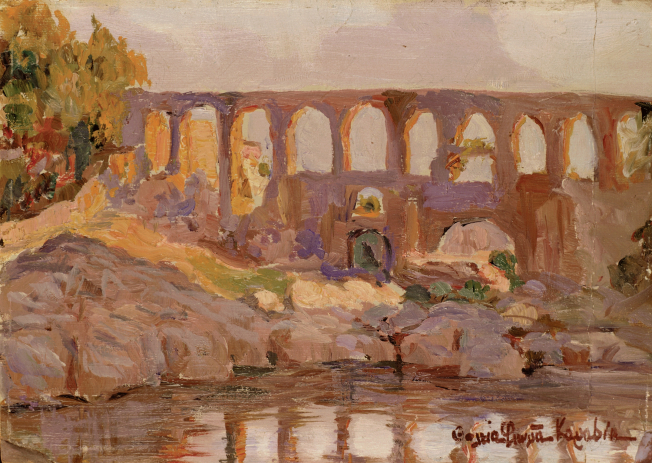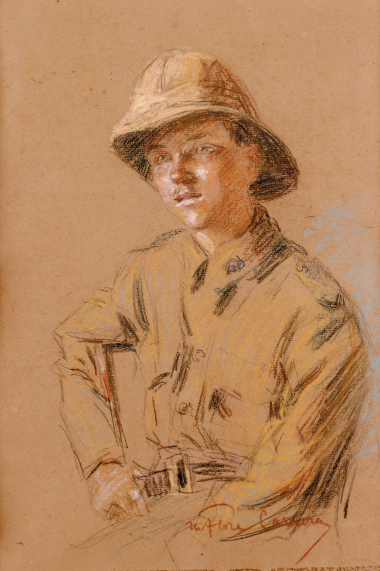Roman aqueduct, c. 1906-1907


In the work Roman Aqueduct, she goes beyond the realistic academic approach of her early student years to arrive at a kind of painting with strong expressive colours and contrasts which she applies with viscous brush-strokes, defining the masses in accordance with the German version of impressionism. The work must have been produced during her many trips to Europe, mainly in the early twentieth century, and it is not impossible that she brought it with her from Italy around 1906 - 1907.




